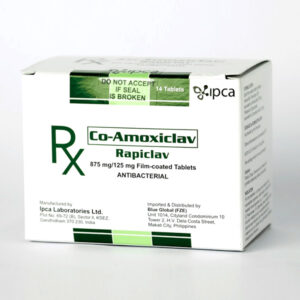Description
Pharmacology: Pharmacokinetics: Carbamazepine is a dibenzazepine derivative with antiepileptic and psychotropic properties. It is slowly and irregularly absorbed from the gastro-intestinal tract. It is extensively metabolized in the liver, notably by the cytochrome P450 isoenzymes CYP3A4 and CYP2C8. One of its metabolites, carbamazepine 10-11-epixide is also active. Carbamazepine is excreted in the urine almost entirely in the form of its metabolites; some is also excreted in faeces. Elimination of carbamazepine is reported to be more rapid in children and accumulation of the active metabolite may often be higher than in adults.
Carbamazepine is widely distributed throughout the body and its extensively bound (about 75 %) to plasma proteins. It induces its own metabolism so that the plasma half-life may be considerably reduced after repeated administration. The mean plasma half-life of carbamazepine on repeated administration is about 5 to 26 hours; it appears to be considerably shorter in children than in adults. Moreover, the metabolism of carbamazepine is readily induced by drugs which induce hepatic microsomal enzymes.
Carbamazepine crosses the placental barrier and is distributed into breast milk. The pharmacokinetics of carbamazepine are affected by the concomitant administration other antiepileptics.





